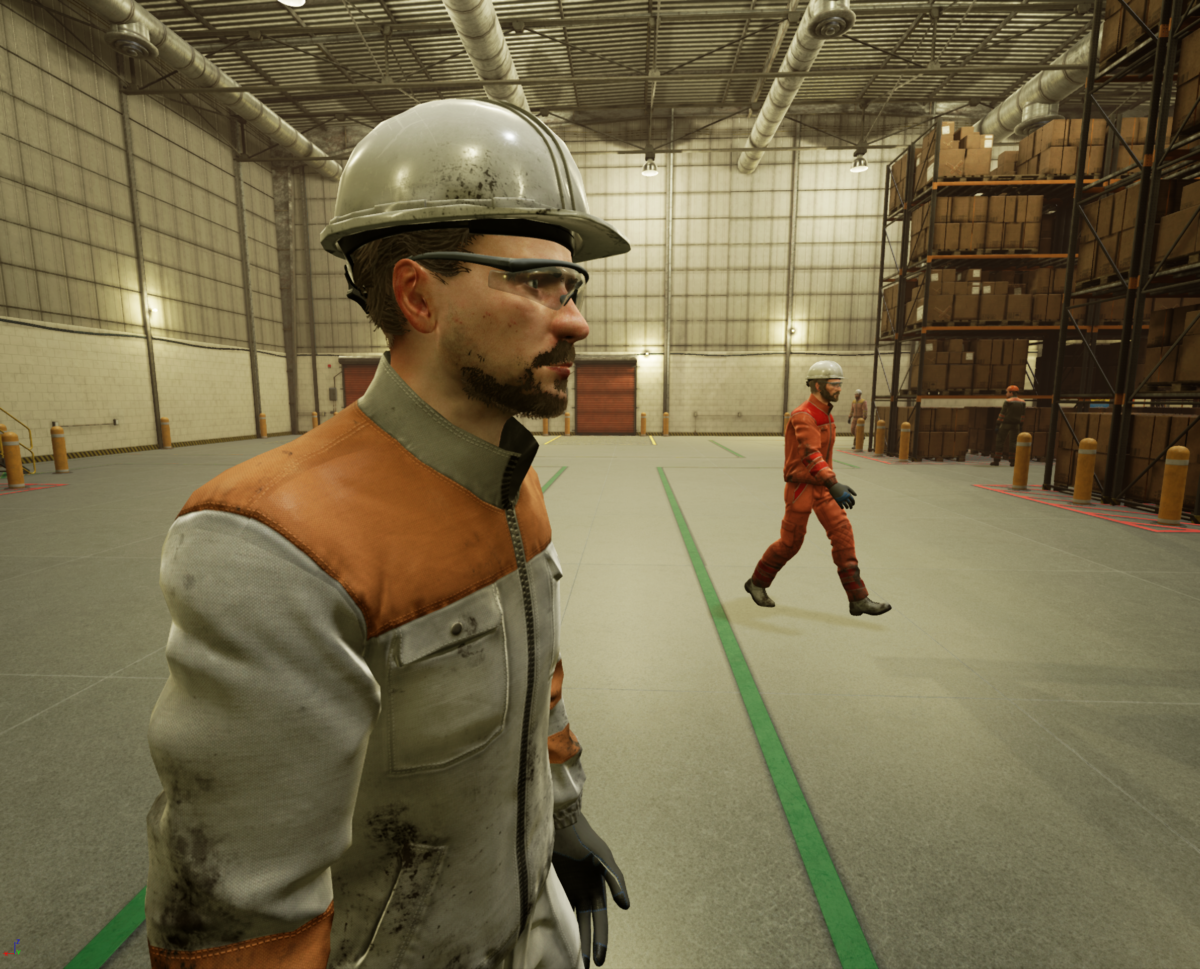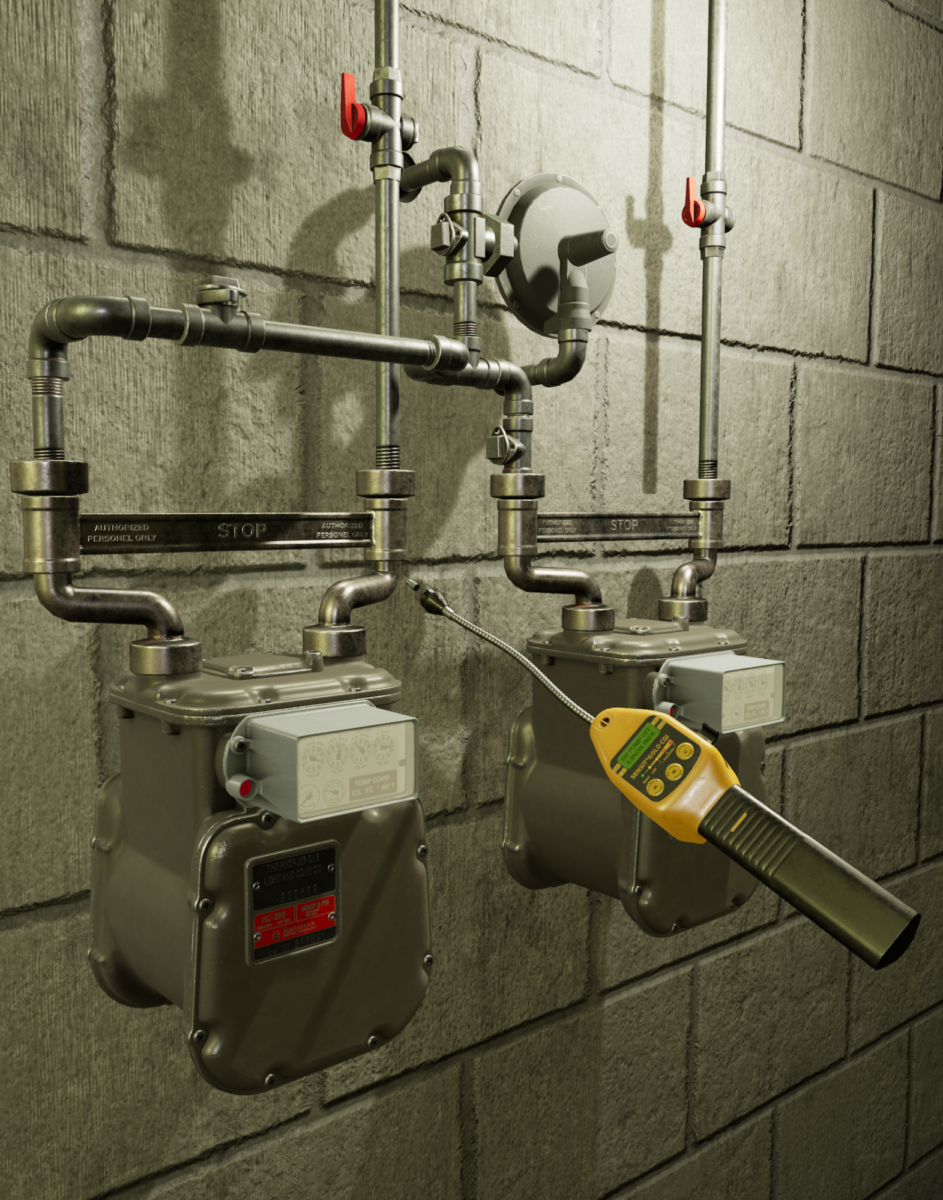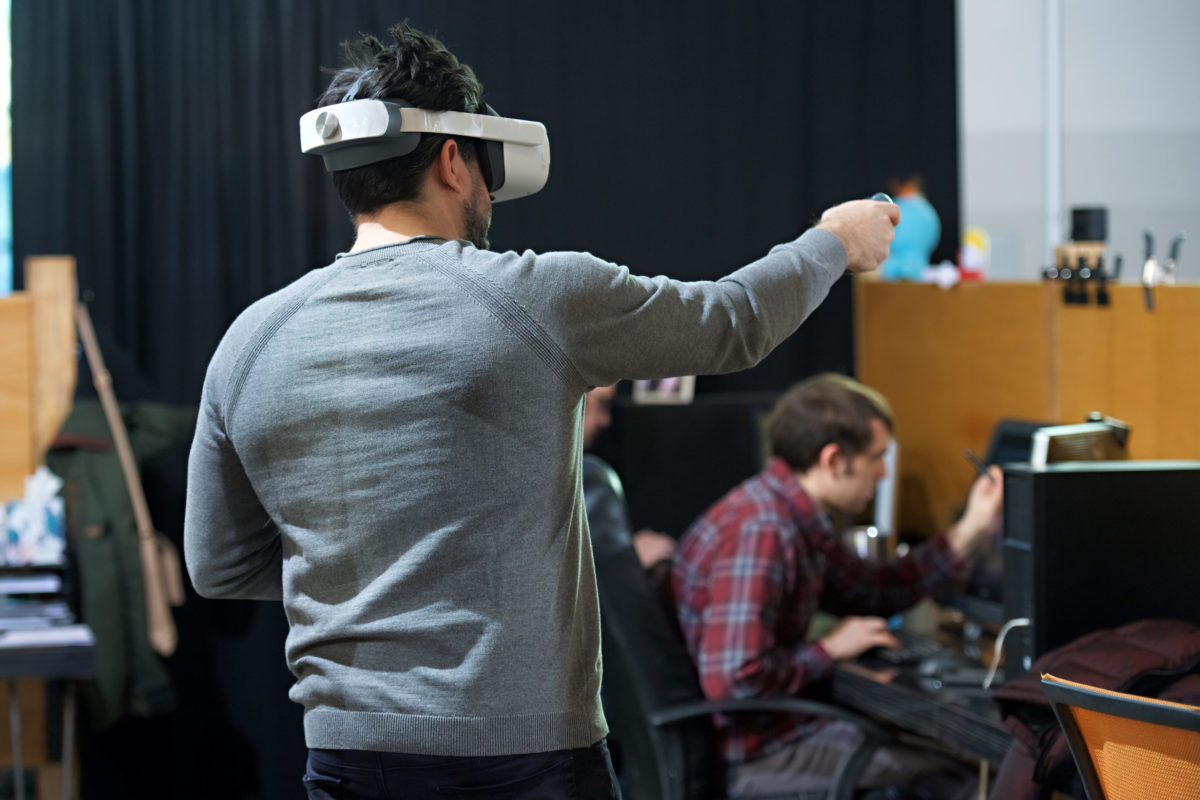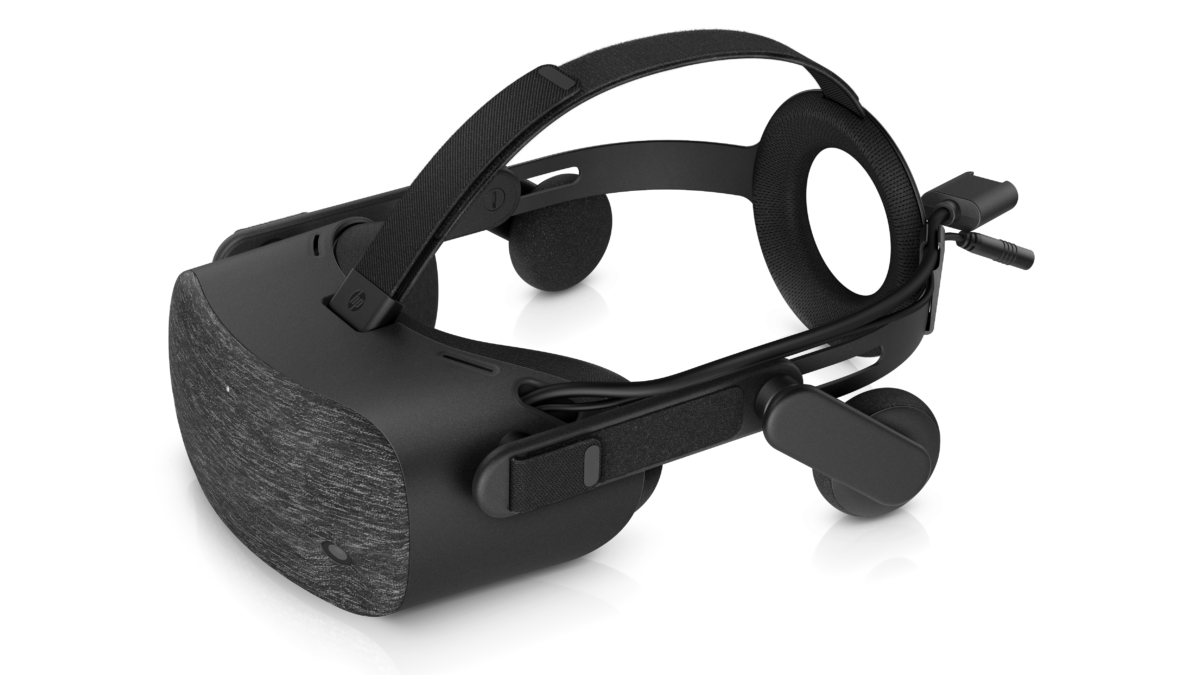What Is VR Training?
What is Virtual Reality Training?
And how is PIXO VR Training different?

What is Virtual Reality Training?
Virtual Reality Training is the digital simulation of lifelike scenarios for training purposes. Trainees enter a 360°, active learning environment, experiencing sights and sounds that dissolve the barrier between virtual and actual reality. Using the headset and controllers, trainees look, speak, and move about freely in a 3D virtual setting, interacting with simulated real-world tools, machinery, and other trainees and instructors.
Critically, with Virtual Reality, workplace scenarios that were once too difficult, expensive, or dangerous to train for, (such as emergency protocols and disaster preparedness, hazardous material spills, realistic heights training, etc.), become vastly more practical, cost-effective, and safe in an immersive simulation.
When combined with story narratives and learning curriculum developed by subject matter experts, the result is trainees learning in the best way possible — through personal experience — significantly improving learning retention, job performance, team collaboration, workplace safety, and cost.


What Is the Effectiveness of PIXO's VR Training?
The effectiveness of Virtual Reality Training (or any training, for that matter), depends on the quality of the training being offered. Research shows four critical things are needed for any successful training experience, virtual or otherwise: realistic practice, spaced repetitions, contextualized scenarios, and critical feedback. PIXO Virtual Reality Training experiences feature all four.

What Are The Benefits of VR Training?
As experiential learning, Virtual Reality is delivering out-sized benefits for enterprise training programs, including:
- Improvements in job performance of 70+%
- Dramatic reductions in on-the-job human errors
- Increases in learning retention of up to 80%
- 40-60% reductions in time needed to train compared to traditional training methods
- Elimination of the cost and risk of unnecessary travel
- Enhanced team decision-making, workplace safety, and collaboration
- Inclusive of all four major learning styles, (Visual, Auditory, Reading/Writing, and Kinesthetic)
Contact Us to Learn More!
What Features Should VR Training Offer?
Not only isn't all XR "real VR" — not all VR can create the same quality of experience PIXO can. VR content, whether for training or other applications, works best when it offers features that deliver ongoing value and superior UX. Further, VR content is only as good as the platform that delivers it.
Multi-user Functionality
Organizations rely on teams, not just individuals. PIXO VR allows dozens of users to learn, interact, and collaborate in the same space — even if separated by thousands of miles.
Scenario Randomization
PIXO VR exposes users to literally millions of different repeatable and randomized workplace scenarios, providing a career’s worth of job experience in days or even hours.
Real-Time Data & Analytics
Users benefit from real-time scoring and feedback, given while lessons are still top-of-mind. Gain critical insight into your training program with SCORM-compliant data analytics.

Turn-key Global Distribution
VR Training pilot programs may show the promise of XR technology, but to deliver its full value, companies have to scale VR, AR, and MR content on a global level. PIXO VR does just that.
Simple Content Management
Until now, XR solutions have been difficult to access, use, and manage. With the PIXO platform, the entire implementation process is a breeze with an easy-to-use control center.
Direct Download to Devices
VR Training distributed on the PIXO platform can be provisioned directly to authenticated users' devices and downloaded instantly. No more sideloading. No more hassle.

What is 'XR'? Is it different from VR?
'Virtual Reality' has become something of a catch-all term for Extended Reality, (or "XR" for short), which includes three distinct technologies: Virtual Reality, Augmented Reality, and Mixed Reality.
Virtual Reality (VR)
Virtual Reality (VR) is the computer-generated simulation of a three-dimensional image or environment that can be interacted with in a seemingly real or physical way by a person using special electronic equipment, such as an HMD (head-mounted display).
Augmented Reality (AR)
Augmented Reality (AR) adds a digital overlay on top of a live camera view. Examples of AR include Snapchat lenses and the game Pokémon Go. As the name suggests, AR is augmenting or changing reality, while VR offers complete immersion, shutting out the physical world.
Mixed Reality (MR)
Augmented Reality and Mixed Reality (MR) are both considered immersive technologies, but they aren’t the same. Mixed Reality is an extension of AR that allows real and virtual elements to interact in an environment.

